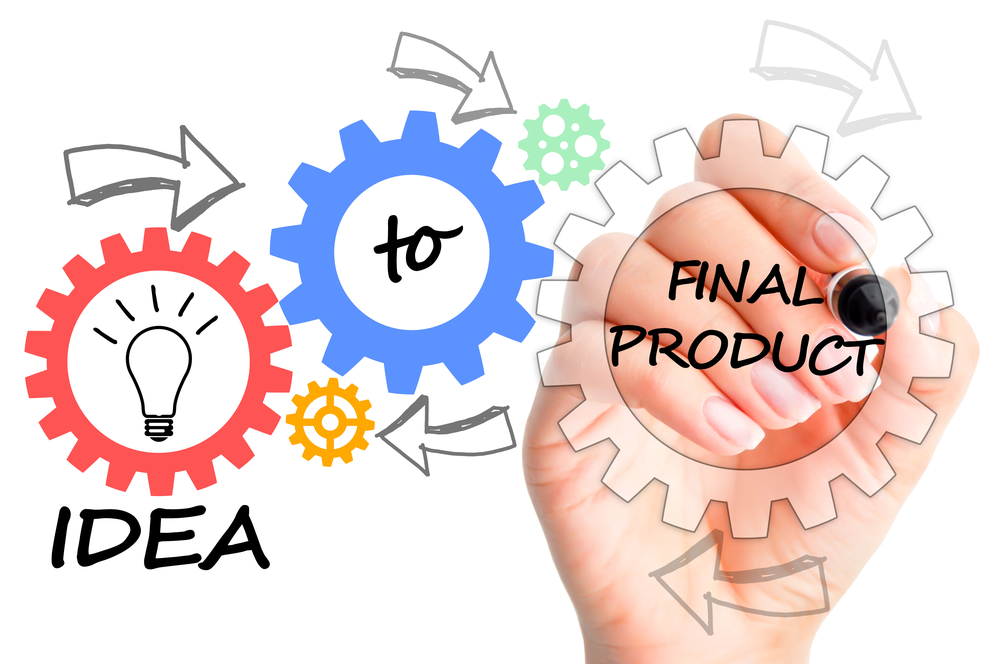Branding, a ritual prior to any product launch
As its name suggests, branding refers to a set of actions aimed at defining a brand image that’s immediately recognisable to target customers and conveys a message tailored to that audience. For Schirine Amin, branding plays a greater role in the pre-launch stages of a product, helping to identify customer insights (through feedback) and needs, design the new product and devise marketing campaigns. These three founding stages can last from a few months to several years, depending on the product (for Bovilis® Cryptium®, the product design phase took 23 years), during which branding will play a key role.
Identifying customer insights: branding to define brand image
Branding serves as the guiding principle for the entire launch process and therefore plays a predominant role in the initial phase. Close collaboration with the sales force ensures alignment with the reality on the ground. This first stage involves identifying customer insights, in particular through market research, focus groups and feedback from the field. This invaluable information can be used to refine the marketing strategy and the message that the product will convey, in particular by defining a clear and differentiating unique selling proposition (USP) for the new product. The aim is for prescribers and end users to clearly recognise the promise and the value that the product will bring them.
Product design phase: branding as a guarantor of the strategy
When designing a product, branding plays a crucial role: it acts as a guiding principle, guaranteeing the product’s brand image and DNA. At this stage, it provides all the elements for consistent communication in line with the strategy defined at the previous stage. At the same time, learning can be used in the design phase to infuse the corporate culture and ensure a collaborative, cross-disciplinary approach between the marketing, sales, R&D and regulatory teams, for example when defining the onboarding process.

Designing marketing campaigns: branding to establish awareness
“Branding is what makes products strong, (…) it will build awareness quickly and powerfully, give users confidence and build loyalty”, explains Schirine Amin. Its main objective is to anchor the brand’s products and services in the minds of users, and associate them with values and a mission that set them apart from their competitors in the eyes of consumers. For Schirine Amin, branding means delivering a coherent, visually consistent message, regardless of the communication media used; she considers that the aim of this approach is to “anchor the Bovilis® brand in the minds of veterinarians and end customers”, and thus raise awareness. Dans le cadre de ce récent lancement, le branding a permis de mettre en avant l’innovation, la complémentarité des produits de la gamme Bovilis®, et la capacité du laboratoire à répondre aux besoins des vétérinaires pour la vaccination des bovins.
Après ces premières étapes, où le branding est central, vient le temps du lancement du produit : en interne d’abord, auprès de l’entreprise et de sa force de vente, puis en externe, auprès des futurs clients. At this stage, the branding/learning dynamic changes significantly.
Learning: a game changer in the internal and external launch phases
Internal product launch: learning to engage employees
“In this internal launch phase, learning takes the upper hand”, confirms Schirine Amin.
Learning can take different forms:
- Training sessions on the new product.
- Sales management training for sales teams.
- Coaching: training facilitation techniques, design and production tools (PowerPoint), design and facilitation of role-playing sessions.
- Individual support: sales representatives are assisted by a manager who helps them develop their skills.
- Learning consultancy: organisational change management, innovation management.
- Induction programme for all new employees with onboarding, to raise awareness of the company’s culture and values and familiarise employees with new processes.
Lastly, learning should be deployed according to specific learning objectives (for example, acquiring a good technical understanding of the product, being able to conduct a sales visit with a focus on identifying the customer’s needs), to maximise its impact. Listening and flexibility are needed to adapt learning methods to individual and group needs.
External product launch: training, the key to customer loyalty

